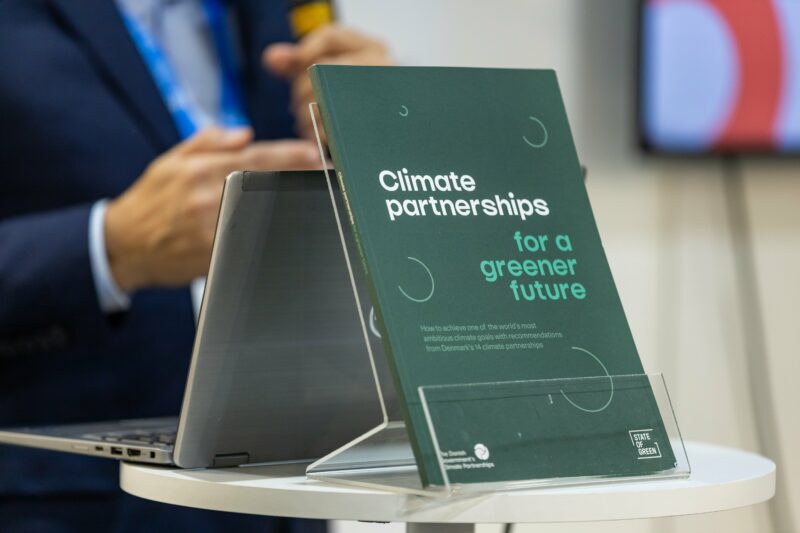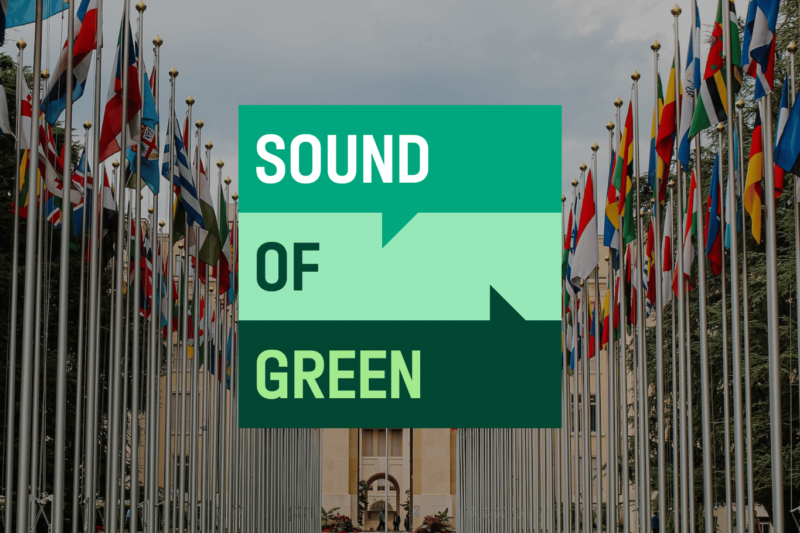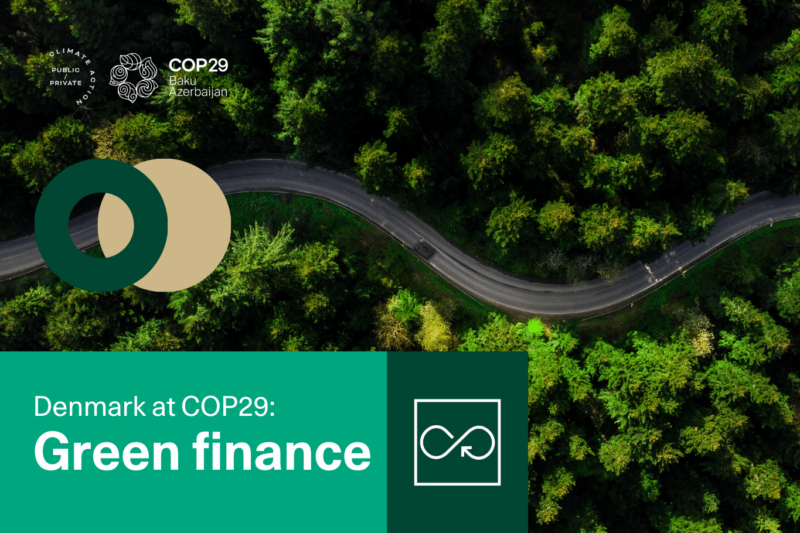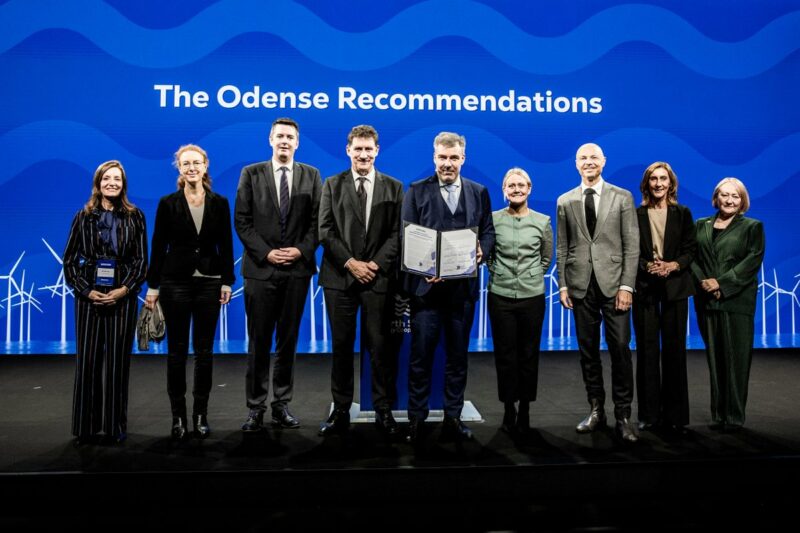While the finance sector itself has a very low carbon footprint, it has a large impact through investments and lending, and, therefore, plays a key role in helping mobilise and shift capital to decarbonise the economy. Building on the Danish tradition for public-private partnerships, in 2019 the Danish government formed 14 climate partnerships to represent key sectors of the Danish economy. Each was tasked with presenting proposals on how their sector could contribute to the country’s 2030 CO2 reduction goal in a just way, supporting Danish competitiveness, exports, jobs, and prosperity.
This resulted in more than 400 recommendations, of which more than 80% have been implemented. One of these partnerships was formed around the financial sector. It was chaired by Torben Möger Pedersen (then CEO of PensionDenmark) with a secretariat headed by Finance Denmark (the business association for banks and mortgage institutions) and Insurance & Pension Denmark (The Danish trade association for insurance companies and pension funds). The Climate Partnership on Finance’s key focus is to make sure the sector plays a pivotal role in providing the finance and investments necessary to ensure a transition to a green economy.
The importance of cross-sector collaboration
Getting closer to other industries and understanding their challenges in achieving emissions reductions was a key motivation for the financial sector. The partnership worked actively to share knowledge with other climate partnerships throughout the entire process to identify the areas that required investments. This cross-sector collaboration proved to be a huge asset for the financial sector, as it leveraged new insights, data, and investment opportunities, and ultimately identified the most relevant financial instruments and initiatives to best support relevant technological developments. It also contributed to making recommendations from the other climate partnerships suitable for investments.
The Climate Partnership’s recommendations
In its report to the Danish government, the Climate Partnership on Finance expressed its commitment to provide financing for initiatives in other sectors, including energy efficiency in buildings, scaling new green technologies such as Power-to-X, and equity financing of large energy infrastructure projects — such as the expansion of offshore wind. As a result, the Danish financial sector has pledged to invest EUR 805 million (USD 850 million) in the green transition over a ten-year period. The partnership also established a framework for Financed Emissions Accounting, which includes principles and methods for their members, and delivered 11 recommendations to the Danish government on how to improve framework conditions for financing the green transition.



















